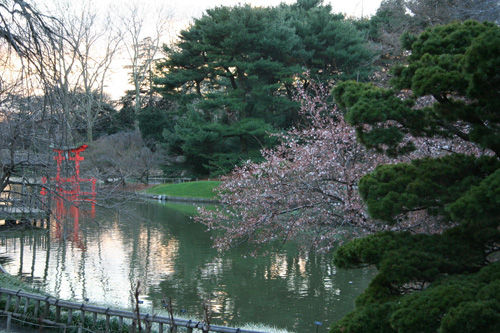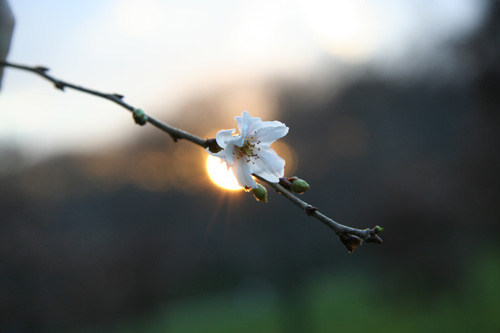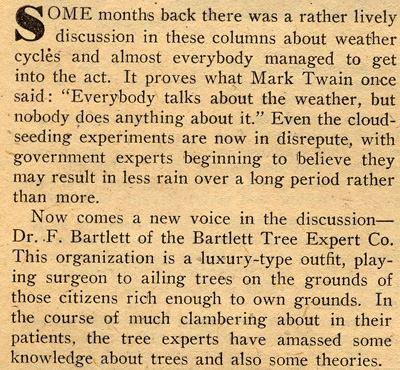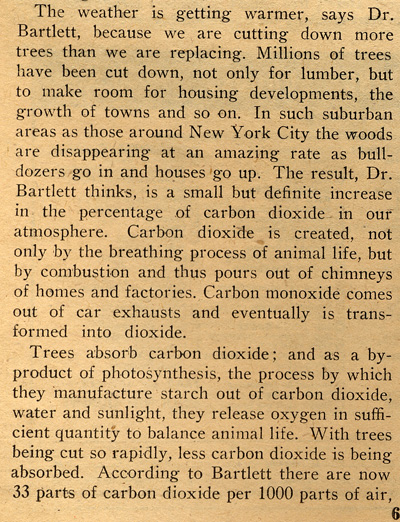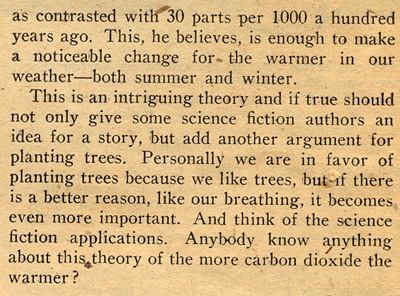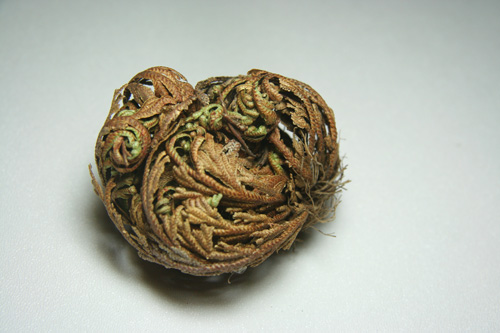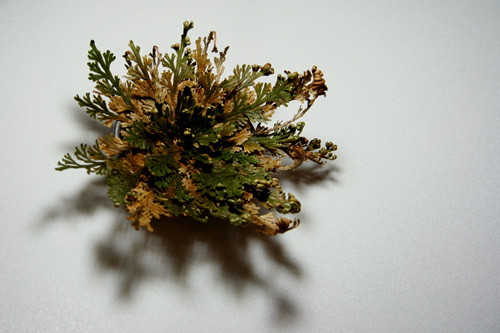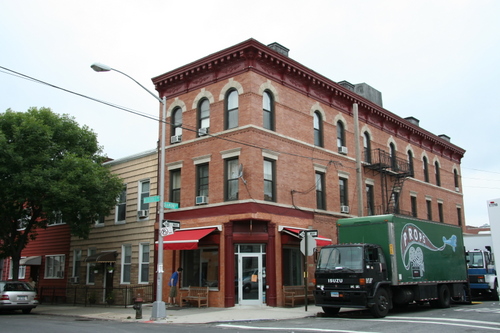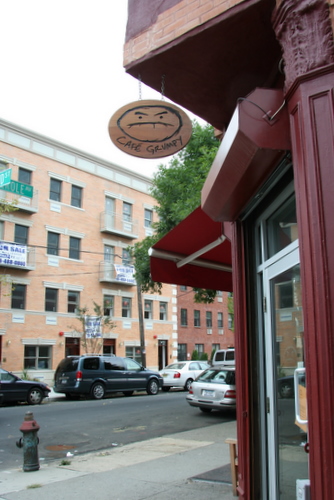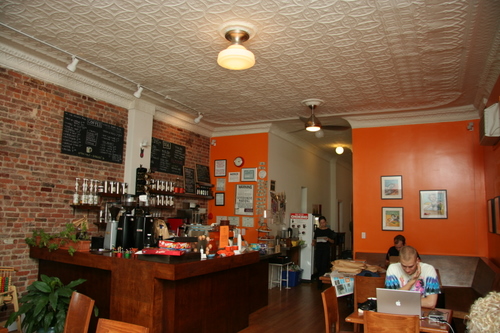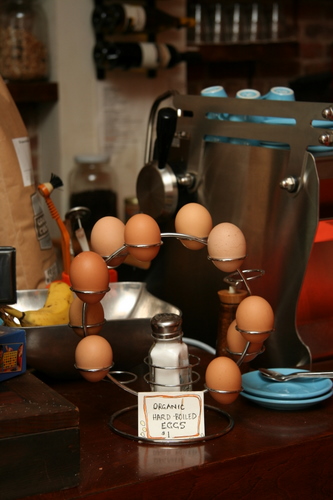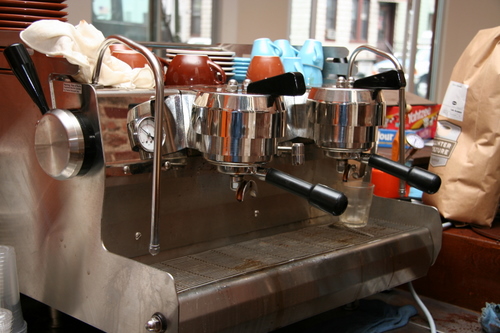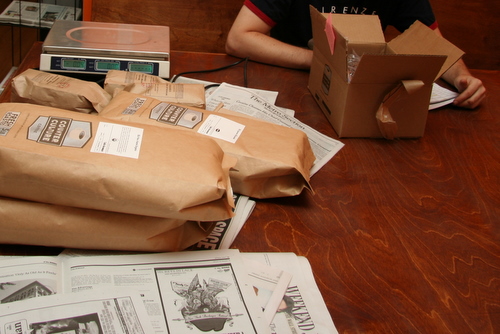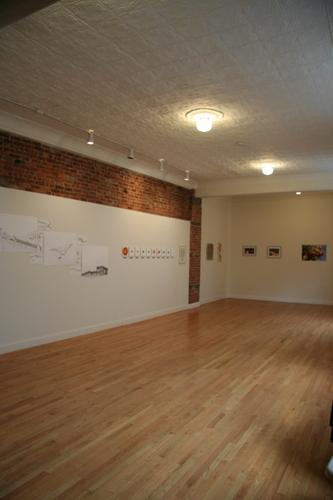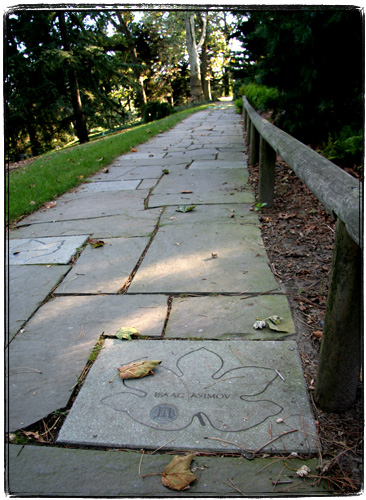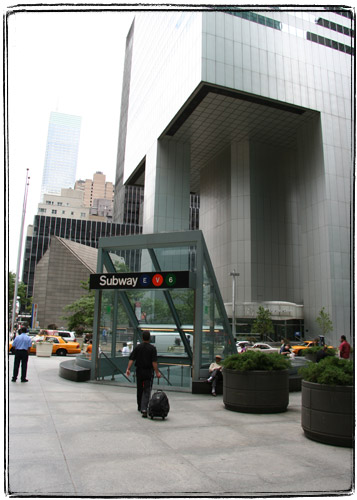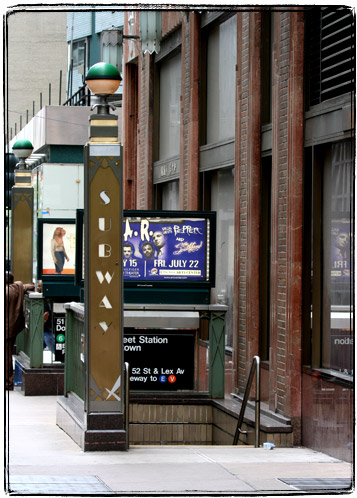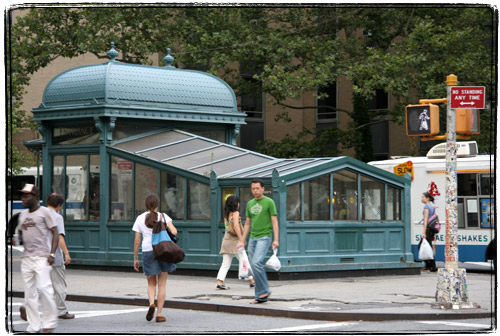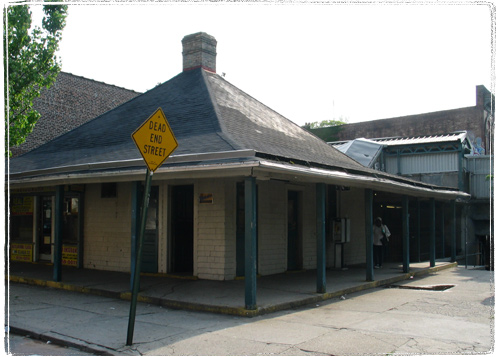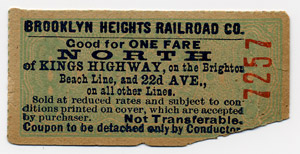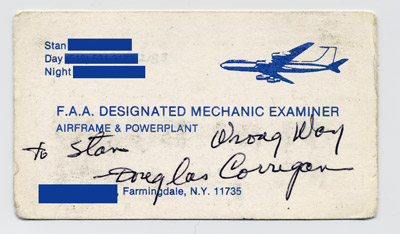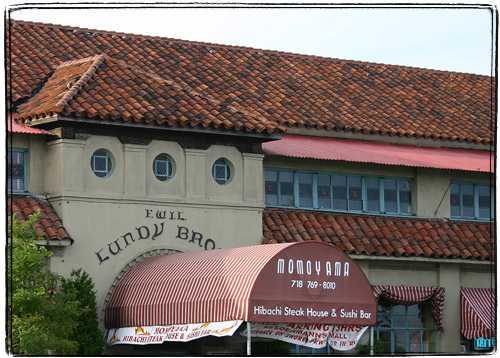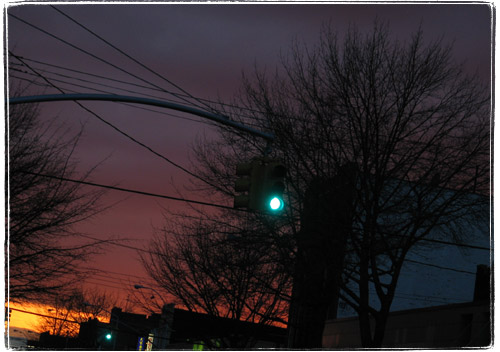Victorian Brooklyn is amazingly beautiful. In Victorian times skilled labour and land was cheaper than it is today and wealthy people were able to build really elaborate and architecturally significant residences rather than Mc Masions of today.
In a big lot of old postcards that I picked up on eBay I found this – a postcard featuring “The Japanese House, Flatbush, N. Y.” It looks like this wasn’t the only time this house was featured on a postcard: here’s another one.
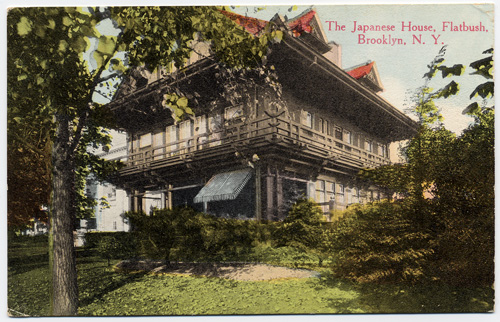
Don Wiss of the Brooklyn photo store photo fame graciously allowed me to use his picture of the Japanese House, which turned out to be
Frederick S. Kolle House at 131 Buckingham Road.
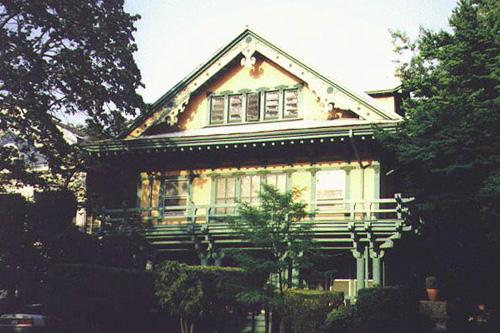
Here are Don’s notes, mostly gleaned from the AIA Guide to New York City .
.
I did a little bit more digging and found a New York Times article, which somehow is fully available.
The house was built by a developer in order to promote Prospect Park area.
Alvord advertised the house in Country Life in America in the summer of 1903, calling it ”a faithful reflection of the dainty Japanese art from which America is learning so much.” But the house was ”thoroughly practical,” the ad continued, with a ”porcelain Roman bathtub, also needle and shower baths,” and a 22-minute commute to Park Row. It was offered at $26,500.
According to this calculator that translates to somewhere between 600K if you use Consumer Price index to 12 million if you use the relative share of GDP. Stupid Zillow is showing values in $1 million range, which is of course very wrong. I suspect that the current value of the house is much closer to the GDP share range :)
The NYT article goes on to say that Dr. Kolle, the first owner of the house was a pioneering radiologist. It seems like he purchased the house on the cheap after the unusualness of it did not attract many bidders. Also, in 97 the house used to belong (and probably still does) to the director of Flatbush Development Corporation who bought the house in the 70s.
The following quote made me drool:
“Except for the kitchen, the ground floor interior of the Fischers’ house is completely intact, with dragon figures in the stained-glass windows, Japanese decorative detail around the fireplace and a definite feeling of thinness to the partitions — there are leaded glass windows between the sitting and dining rooms. The Fischers have furnished the house with an eclectic mix of furniture and artwork, from Belter to Bauhaus, as well as memorabilia from the Kolle family.”
Apparently the Flatbush Development corporation is holding a Victorian House Tour, that at least in 97 featured the Japanese House as one of the stops. I wonder if they still do – I’d love to see it.
Looking at the butt-ugly condos and renovation in McMansion syle that I see all over, I can’t help but think – will they build houses that are postcard-worthy again in Brooklyn?

